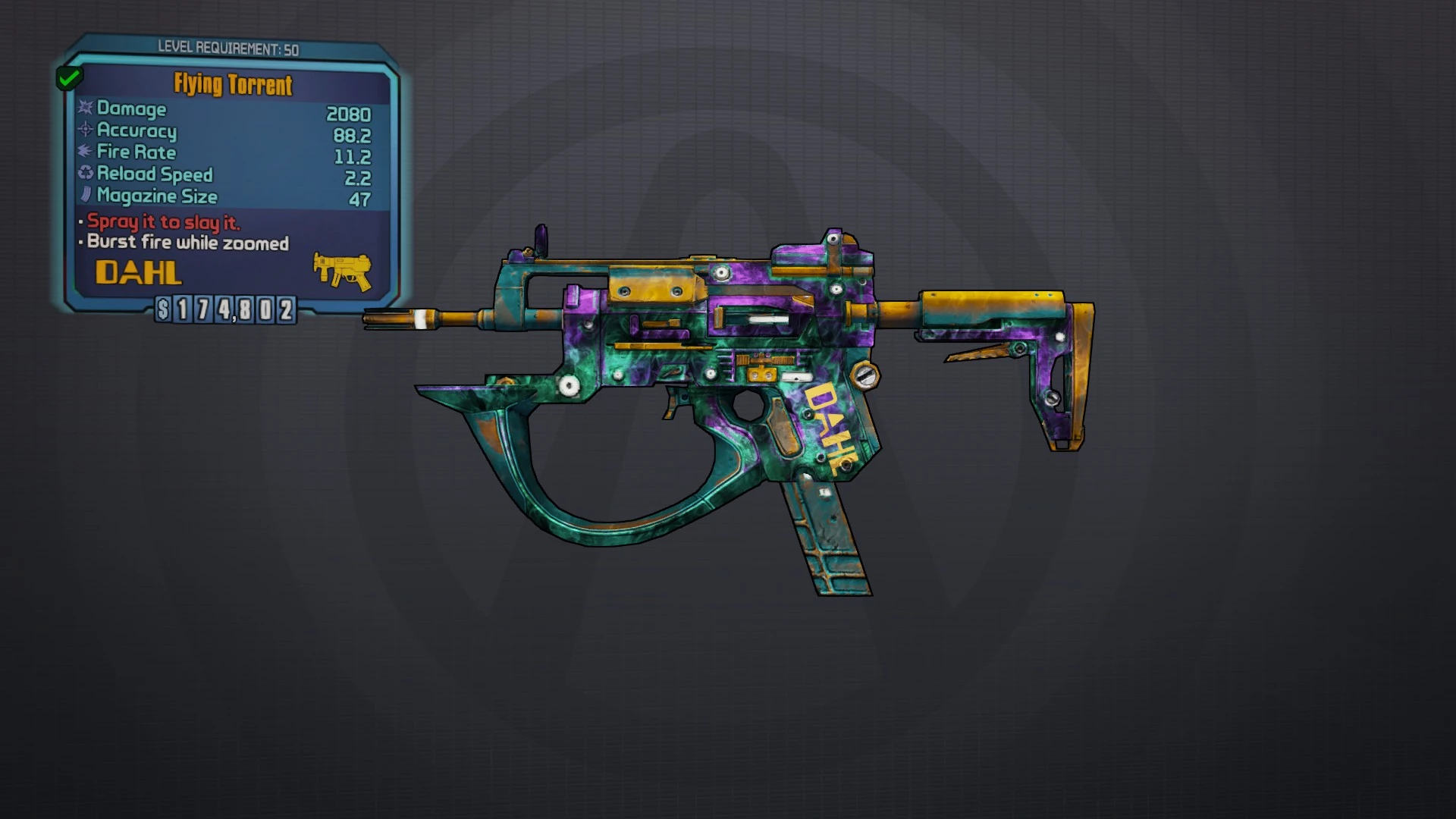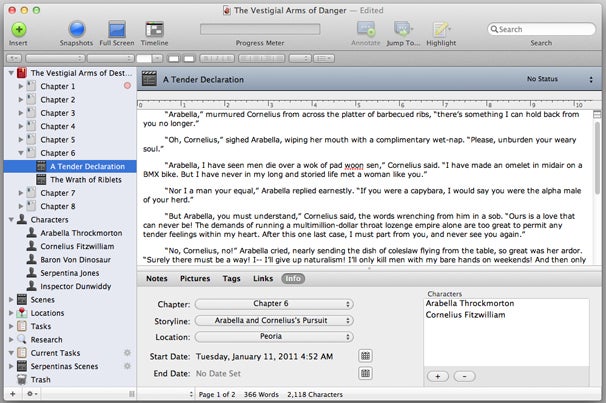Torrent Snowflake Pro
Apr 06, 2016 I tried to download the only torrent of this software I could find, from kickass.to For some reason, there are a lot of errors connected to this download. Visit us and download snowflake pro absolutely for free. Free downloads. Direct download via HTTP available.
I wonder how much money I’ve spent on this noveling endeavor. I’ve, hired a, gone on, purchased. I do believe all of these things have made me and my manuscript better, but shite. It’s adding up.
Maybe that’s why so many have managed to write novels on the side. They’re the only ones who can afford it! Anyway, I bring this up because I have spent money again. This time on an agent one-on-one Bootcamp through. This is how it works: you gain access to an online tutorial on query letters and other submission materials taught by two literary agents (Tuesday).

Then, over the next two days you revise accordingly. You also gain access to a 3-hour discussion board on each day where the agents are required to answer everyone’s questions (Wednesday and Thursday). On the final day, you submit your query letter and the first 10 pages of your manuscript (or the first 9 pages and a 1-page synopsis) for real-life agents to review (today). They have two weeks to provide comments. So that’s what I’ve been up to this week. Learning, chatting, revising. I bought the course because I’m at the submission stage and I knew my query needed work.

And the experience was so tedious, it actually reminded me of the Law Review competition in law school!::shudder:: For those of you who don’t know, after a year of enduring the most difficult year of law school and finishing all your finals and submitting all your papers- boom! You’re asked to write another paper for a chance to participate in a prestigious extracurricular activity- Law Review. The competition was, literally, my worst experience in law school. That’s what writing my query letter was like last summer.
I spent a year and a half writing and editing an entire novel, and when I was done, I had to write a letter that pitched and summarized both my story and myself in 3 paragraphs. It was ridic. I did the best I could at the time, but that’s not saying much.
So I figured the Bootcamp would provide me with useful feedback and, more importantly, motivate me to take another stab at the letter with fresh eyes. I know for a fact my query is a lot better now. For one thing,. Originally, I had been pitching this thing as a love story, now I describe it as a coming-of-age novel. I also learned from the discussion board that first-time novelists should note if they have used a developmental editor in the query- who knew?
I asked the agents if they found it more difficult to pitch diverse characters/writers to editors. They more or less said no. Overall, I would say that the tutorial was fine, but I never would have paid for just that. The value in this Bootcamp is the interactions with the agents and the feedback I will receive from them, as they read and judge these things literally every day. It also doesn’t hurt that my submission essentially doubles as a pitch.
The agents reserved the right to ask for more pages if they like you and it just so happens that the agency, was on my list. So it’s been a productive week. I should receive comments by Feb.
7 th, and after incorporating the feedback, I will be back to pitching! In case you’re wondering, yes, I do still have some minor revisions, but nothing crazy. I’ll be done soon!!
I’ll keep you posted!! I finished designing my novel using my nifty. Now all I have to do is write it! Believe it or not, I started yesterday with about 1,000 words. Before I started throwing words on the page, however, I needed a shot of inspiration.
So I read the first couple of pages of a few novels on my shelf. Then, I pulled out the nifty book I bought back in 2007 or so (the first time I tried to write a novel) called “” by Walter Mosley.
The book is pretty is awesome because it’s so short and to the point. I re-read the part on how to “show” rather than “tell” and these are the tools Walter says I need: 1. “If you can include the physical reactions to the emotional situations that your characters find themselves in, you will be bringing your readers closer to the experience of the novel.” 2. “To say ‘I love you’ rather than using a more vivid expression is not strong enough for fiction. You have to get down to the place where the character (and therefore the reader) feels the emotions that drive your novel.” 3.
The Pedestrian in Fiction. “Pedestrian details tells and also shows us something about our protagonist and/or her worldEveryday experiences help the reader relate to the character, which sets up the reader’s acceptance of more extraordinary events that may unfold.” 4.
Methaphor and similie. “The methaphor shows us something—something we both see and imagine.
And it’s not only human beings that are transformed by methaphor e.g., “the man was a lion among sheep”; anything in the writer’s realm can also be something else e.g., “the sun is a grueling taskmaster with a solar whip in hand”.” (His examples). When the methaphor is too strong, turn to the simile. “A novel is more experiential than it is informational. Most of what your reader learns is gain through what they are shown about the lives and circumstances of the characters therein.” It worked!
After I read those pages, I felt inspired! I was ready to sit down and write something sensational and emotional, but also pedestrian and employing literary techniques. And, I didsort of. But I found that trying to be so creative at this point slows both me and my story down. As I’ve occasionally discussed in the context of blogging, I like to just freestyle write and worry about editing later.
So now my plan is to do what I do (snowflake designed outline and stuff) and then worry about Walter’s “showing” tools later. Have a great weekend!! Me and are in a fight. On the one hand, the software has been awesome in the sense that it enabled me to develop a foundation for my story. I have a plot, a good sense of my characters (one of my friends is already judging my protagonist!) and I’m excited to work on developing my novel everyday. The problem is that Snowflake Pro has made me RELY on it.
I’m an independent woman—I don’t need that drama! Buuut, I got it today when my beautiful pink computer fell violently off my coffee table. I’d like to blame Psycho Jack (aka my cat when he is experiencing “periods of hyperactivity”), but it wasn’t. I tripped over my power cord when I was half asleep and my computer came crashing down.
(Innocent Jack) The result (as far as I can tell) was that my power cord no longer fit in the socket and my computer died. The computer with my plot, characters all beautifully organized in Snowflake Pro! My reaction was like “no, no, NO, NO! NOOOO!” especially since I needed to get the F out my house to catch a bus to New York (where I hoped to work on the thing).
I calmed down and thought “I’ll simply e-mail the document to myself.” And I did. I got my work out of my broken computer by directing all my frustration into forcing the power cord into the comp.
The thing kept dying on me but whatever except that I CAN’T OPEN THE ANYWHERE ELSE (because a comp needs to have the software for me to open it). So I thought “I’ll just download Snowflake to my little $300 Notebook that I used to take law school notes on.” The thing is crazy slow now but whatever. The point’s is, I really didn’t like feeling so dependent. But, unfortunately I am dependent. The good news is, I made the bus and I’m going to work on some more character development after I post this baby. Have a great weekend!! Posts navigation.
Welcome to the home for writers. We talk about important matters for writers, news affecting writers, and the finer aspects of the writing craft. Before posting, check out: Here's a general outline of the things to do and not to do on in order to get the most out of our wonderful community.
Please keep these guidelines in mind for all of your posts and comments. The moderators do reserve the right to remove posts/comments that are deemed harmful without warning and ban users depending on the severity of the infraction. Want to do an AMA? Please to verify yourself before posting. Do. Keep all posts about writing. Use the weekly critique thread for feedback on your writing.
Keep it civil. Post external links that share quality news/information from quality sources.
Post questions/discussion starters on writing related subjects. Check out our.
Be specific in your posts/questions. Celebrate your success in the weekly check-in sticky. Don't.
Blatantly self-promote your blog/website/service. Share just for the sake of sharing. Post low-quality links/questions/content. Use to promote your latest video/blog/website/service.

Ask others to do your work for you (including homework help). Post calls for submissions without enough relevant information. Ask for critique of your work outside the critique thread.
Help keep the subreddit clean and on-topic by using the report feature to bring attention to rule-breaking posts. If you have any questions about these guidelines, please contact the moderators. Post not showing up? I've used both. They can't be compared, IMO, because they do such different things. But I'll try to explain why I think that. Scrivener is an open-ended toolbox for organizing writing projects and producing a good first draft of just about anything-novel, short story, poem, screenplay, essay, you name it.
I find it a good tool for 2nd drafts, too, but that's not relevant to your question. Mostly people use it for creating drafts, though with its increasing support for ebooks, that picture is changing. Snowflake (the program) is a narrowly focussed implementation of a novel planning process (the Snowflake method, which is explained in detail on the snowflake website: ). It consists of a series of forms that you fill in. The end result is a novel 'treatment' down to the scene level, consisting of character summaries, plot element summaries, and scene summaries. And that's it. It doesn't provide a means for you to proceed to creating the first draft; it's strictly a planning tool.
I have used the Snowflake output as input to a Scrivener project, and I've written snowflake-method driven treatments using other pieces of software, including both StoryBox and Writemonkey. As an implementation of the method, the Snowflake program doesn't really add much.
Coupon Code For Snowflake Pro Software
The UI in particular is something out of the 90s-functional but ugly. The Snowflake method can easily be implemented in Scrivener by creating a document template that has all the Snowflake method work products in the Research section. You can create story outlines using the Outliner, complete with summaries in the Synopsis section of each document (i.e., on the note-card). Hope this helps.